Chapter 9
Product Detail Pages (PDPs) for eCommerce Marketplaces
A Product Detail Page (PDP) is a webpage on an eCommerce platform that provides comprehensive information about a specific product. It’s often the first thing a shopper encounters when browsing online, making it crucial for driving purchase decisions. A well-crafted PDP includes all essential details—such as color, dimensions, materials, pricing, and shipping options—to help customers make informed choices.
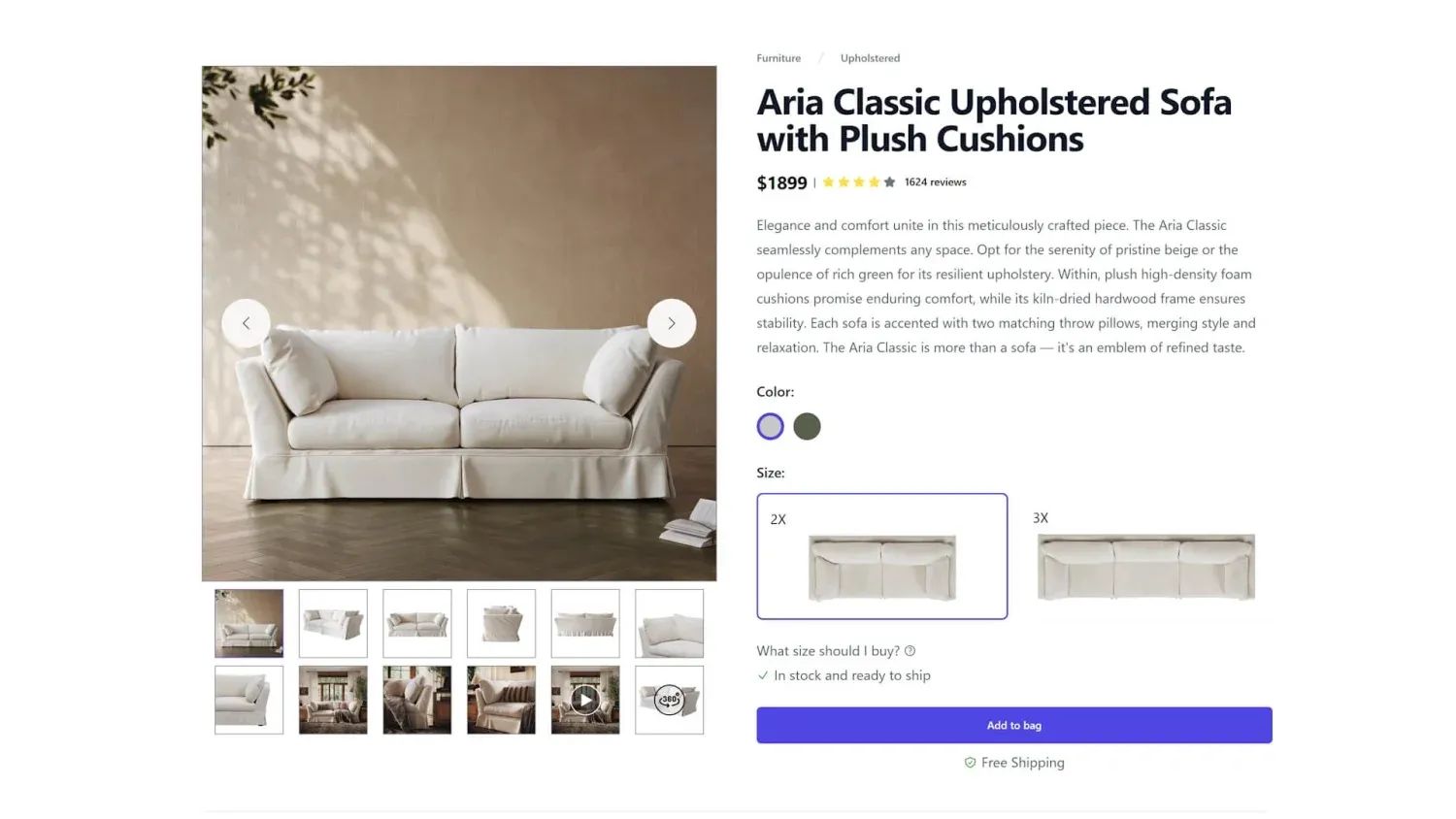
Traditionally, furniture manufacturers have relied on physical stores for sales. However, with the rise of eCommerce giants like Amazon, eBay, Shopify, Walmart, and others, much of the furniture retail industry has shifted online. To create an engaging online shopping experience that rivals in-store browsing, manufacturers need captivating visual content—and the most efficient way to achieve this is through CGI. Unlike traditional photography, It offers flexibility, cost-effectiveness, and high-quality visuals that allow easy customization, variation, and consistency across all PDP images.
As an Amazon Certified 3D Content Provider, CGIFurniture specializes in creating high-quality CG visuals that enhance product listings. Let’s explore the key components of a PDP that are essential for success on major eCommerce platforms.
1. Hero Image
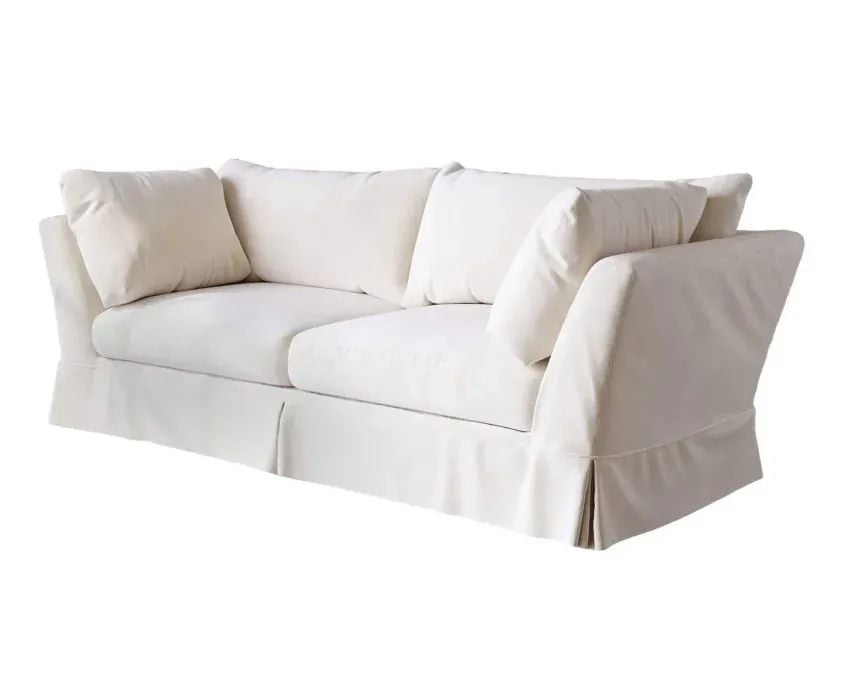
The hero image is the cornerstone of any product listing, especially on platforms like Amazon. This primary visual is often the first interaction a customer has with your product and significantly influences click-through rates—optimized hero images can boost these rates by up to 40%.
Key Guidelines:
- Accurately represent the product with high-resolution, professional-quality images.
- No added text, logos, borders, watermarks, or distracting graphics.
- Display the entire product without cutting off parts.
- Exclude unrelated accessories or props.
- Show the product from a single perspective (e.g., front view only).
The hero image sets the tone for the entire PDP, acting as the visual ambassador of your brand. With 3D rendering services, sellers can create a flawless, high-resolution image that perfectly represents their product without the need for costly physical photography setups. High-quality hero images not only improve click-through rates but also foster a sense of trust and professionalism. When potential customers see clear, well-lit, and professionally composed images, they’re more likely to perceive your product as reliable and worth purchasing.
Technical Requirements
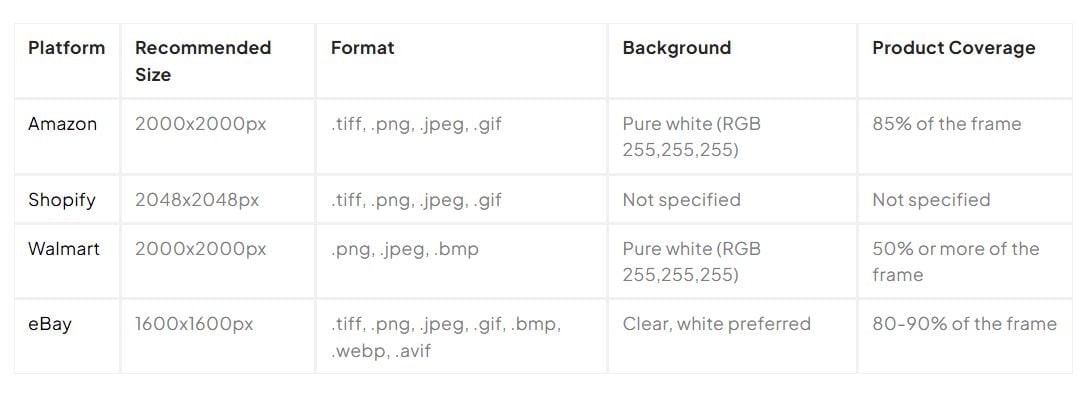
2. Additional Images
While hero images attract attention, additional images provide deeper insights. These images follow similar technical requirements but allow more creative freedom regarding backgrounds.
Infographics
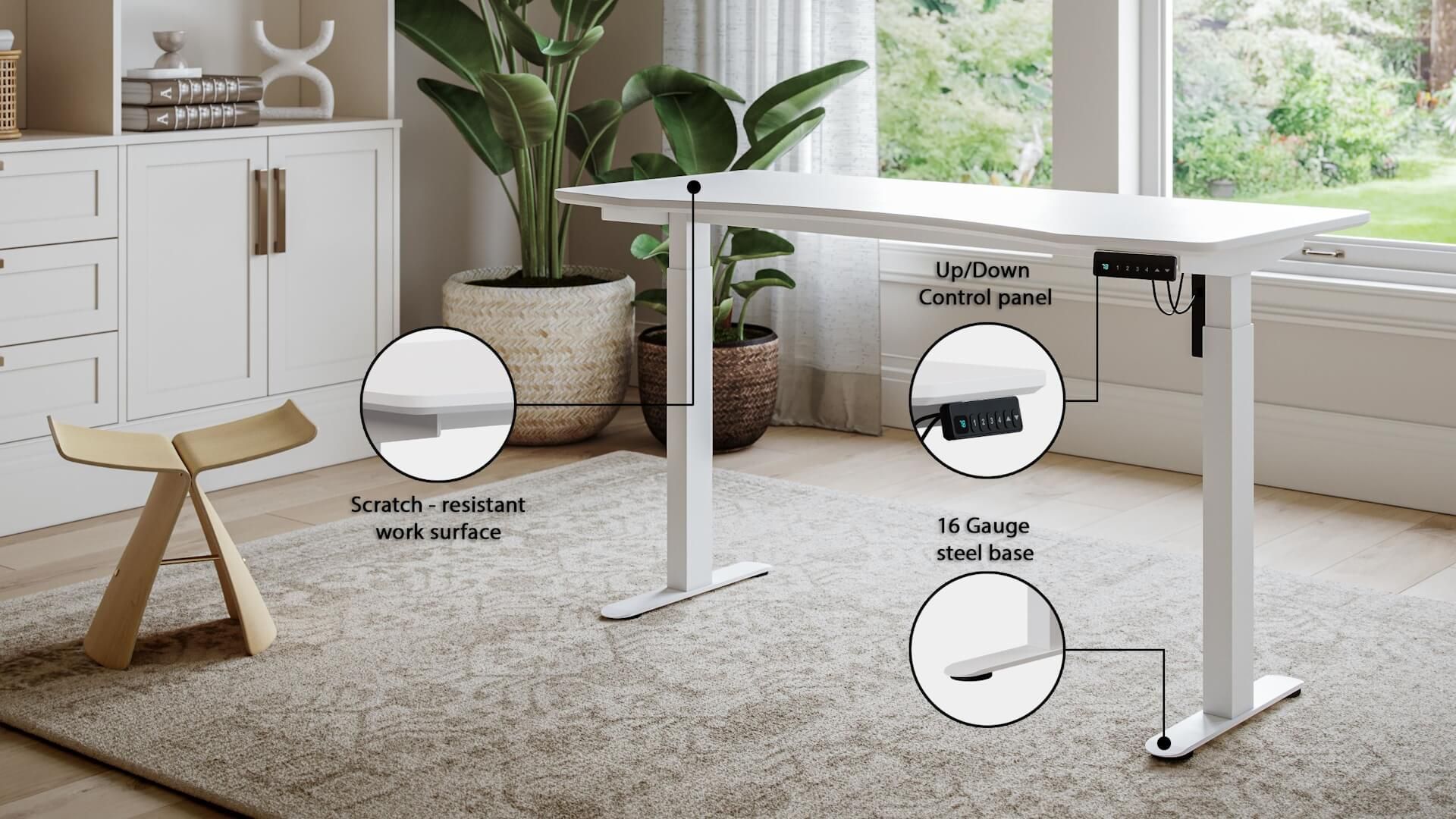
Infographics visually present product features and benefits through icons, charts, and concise text. With 3D visualization, these infographics can be enhanced with dynamic renders, exploded views, or detailed cutaways that showcase the internal components of the product. They can simplify complex information, making it easy for customers to understand key product features at a glance. Infographics are particularly effective for highlighting technical specifications, unique selling points, and product comparisons in an engaging format.
The most effective angles for infographics include exploded views that showcase internal components and top-down views that highlight proportions. With 3D visualization, these angles can be adjusted to enhance clarity and effectively communicate the product’s technical aspects.
Lifestyle Images
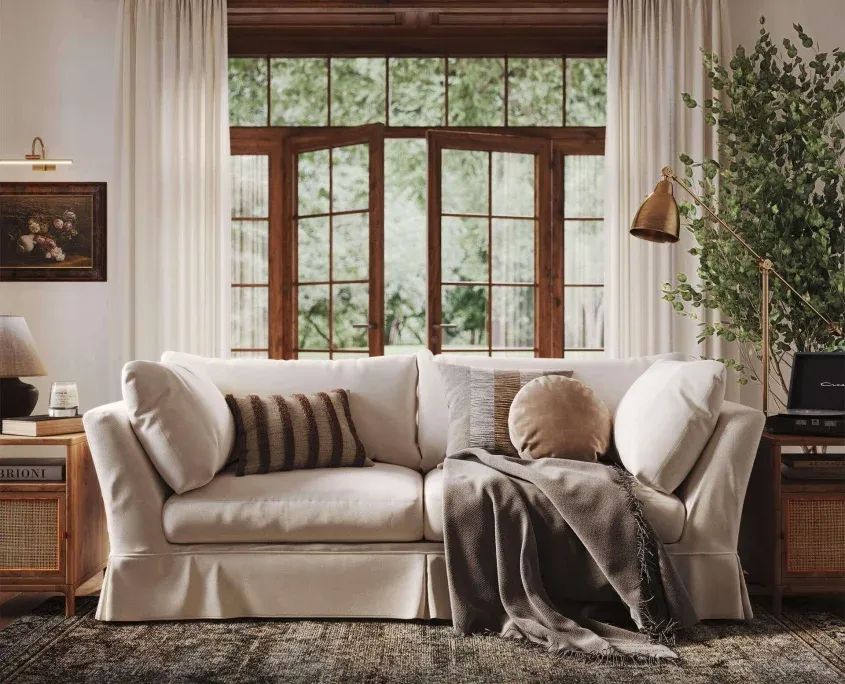
Lifestyle images showcase the product in real-life settings, helping customers envision its use. Using 3D technology, sellers can generate multiple room scenes without the need for expensive photoshoots, ensuring that products are displayed in various aesthetic contexts while maintaining brand consistency. They create an emotional connection by illustrating how the product fits into various environments and daily routines. These images are essential for demonstrating versatility, aesthetic appeal, and practical applications, making it easier for customers to relate to the product. Furthermore, consistent CG lifestyle images allow brands to create a signature look that aligns with their overall brand identity, reinforcing recognition and credibility.
To create engaging lifestyle images, the camera perspective should mimic the way a customer would see the product in a real-life setting. Eye-level and slightly angled shots add realism, while close-ups of specific details help customers imagine how the item fits within their environment.
Feature Images
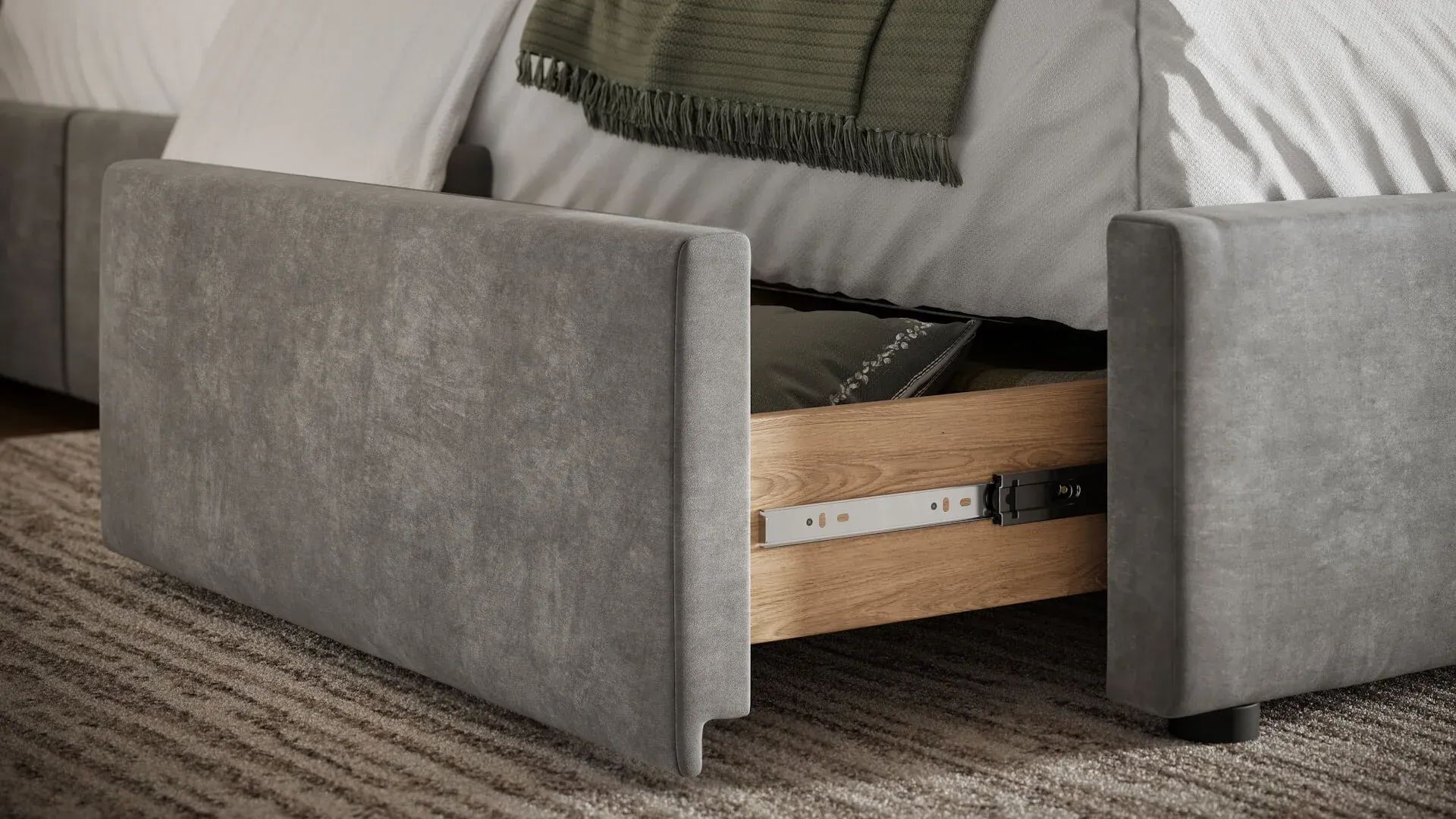
Feature images are close-up shots highlighting materials, textures, and functional details. These images emphasize the craftsmanship and quality of the product, allowing potential buyers to appreciate finer details that might be overlooked in broader shots. Feature images help build trust by providing a clear view of the product’s design and construction.
The best angles for feature images include macro shots to showcase intricate textures and material finishes and sectional views that reveal internal structures or hidden details. With 3D rendering, sellers can refine these perspectives and ensure that the images reassure customers about product durability and aesthetics.
Including a diverse range of additional images helps address different customer needs, whether they seek technical details, aesthetic appeal, or practical usage scenarios.
3. Product Animation
Videos are powerful tools for capturing attention and showcasing product functionality. They bridge the gap between in-store and online shopping by providing dynamic, engaging content. Product videos allow potential customers to see items in motion, understand how they work, and visualize them in real-life settings, which static images can’t always achieve. They also create an emotional connection, making products more relatable and appealing.
The camera perspectives in product videos should dynamically transition between different views, such as slow panning shots that highlight the overall design, zoom-in details that focus on textures and functionality, and 360-degree rotations that provide a full view of the product. With 3D animation, sellers can easily fine-tune these angles to create a professional and visually compelling experience.
Best Practices:
- Hook the viewer within the first few seconds with a compelling introduction or a visually striking scene.
- Keep videos concise (Note: if you want to use your video for the Amazon Sponsored Brands video ads, it must be under 45 seconds.).
- Focus on key features and benefits without unnecessary filler.
- Use captions to ensure accessibility and engagement, even when the sound is off.
- Highlight unique selling points early in the video to capture interest.
- Showcase the product from different angles and in various usage scenarios to provide a comprehensive view.
- Incorporating these best practices can significantly enhance the effectiveness of your product videos, increasing customer engagement and driving more conversions.
Technical Requirements

4. 360° Product View & AR Models

Unlike static images, interactive 3D visuals and AR models offer customers an immersive experience, allowing them to explore products from every angle and even visualize them in their own environments. This level of interaction enhances customer engagement and reduces uncertainty, leading to higher conversion rates and fewer product returns. These visuals provide an experience on par with in-store shopping, giving customers the confidence they need to make informed purchasing decisions. However, these features are only supported on Amazon and Shopify.
Amazon’s View in 3D allows users to rotate and zoom in on products, while its View in Your Room feature enables AR visualization in real-world settings, helping customers see how a product will fit in their space before purchasing. Shopify supports similar features, offering an option to upload 3D models that allow customers to explore items from any angle and visualize them in their environments using AR technology.
File Requirements:
- Amazon: .GLB, .glTF formats
- Shopify: GLB, USDZ formats; file size up to 500 MB
Integrating 360° views and AR capabilities can significantly enhance customer engagement, providing a more interactive and informative shopping experience that mirrors in-store product interactions.
5. Product Description
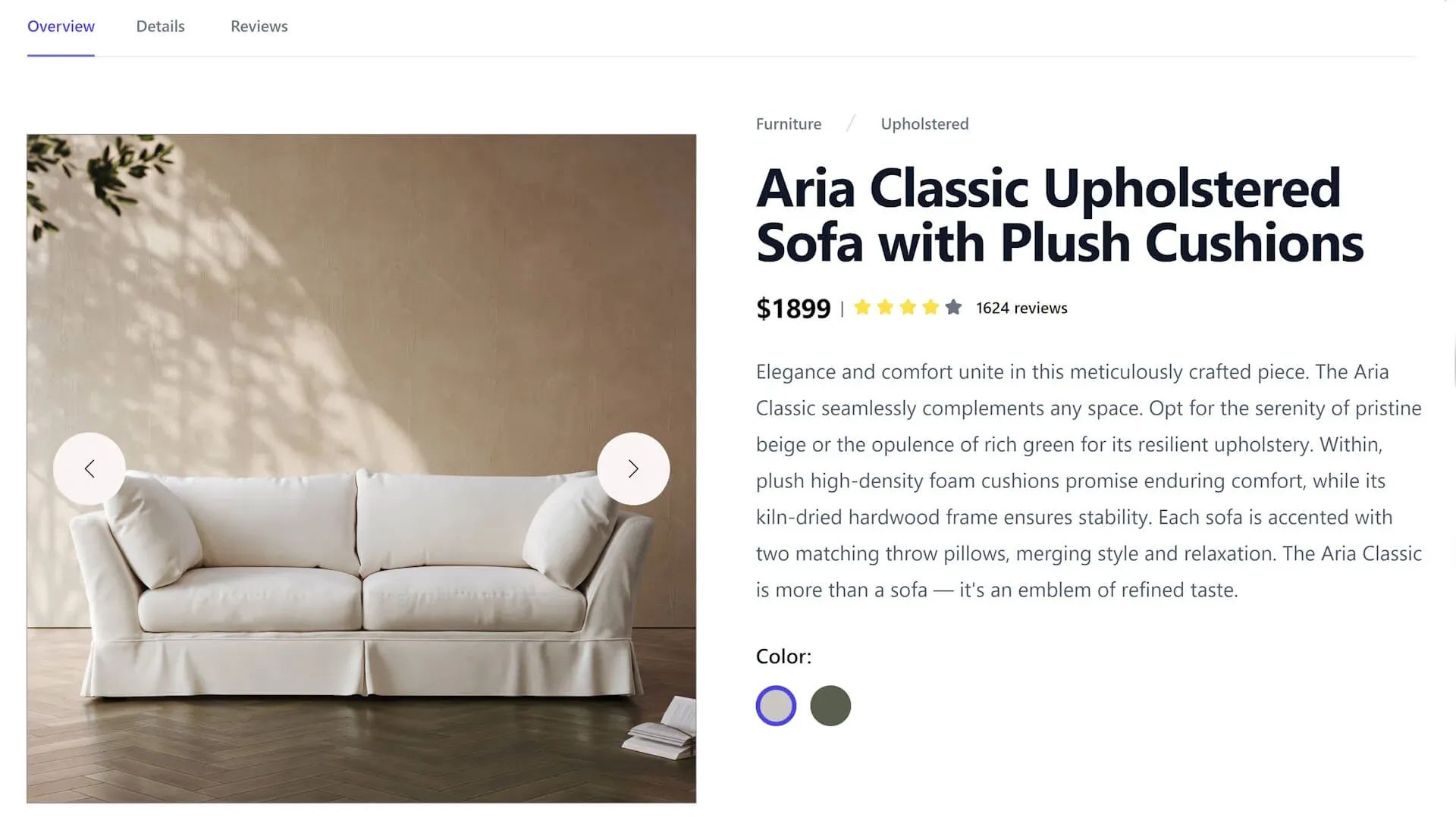
The product description section provides a detailed overview of a product’s specifications, features, and functionalities, helping customers make informed purchasing decisions. This section delves deeper into details such as available colors, dimensions, materials, primary product features, benefits, and warranties. A well-written description should anticipate and address potential customer questions, which will reduce hesitation and improve the likelihood of conversion.
A strong product description not only informs but also enhances the brand’s identity. For instance, if sustainability is a key selling point of your furniture items, the description should highlight eco-friendly materials and responsible manufacturing practices.
6. Customer Reviews
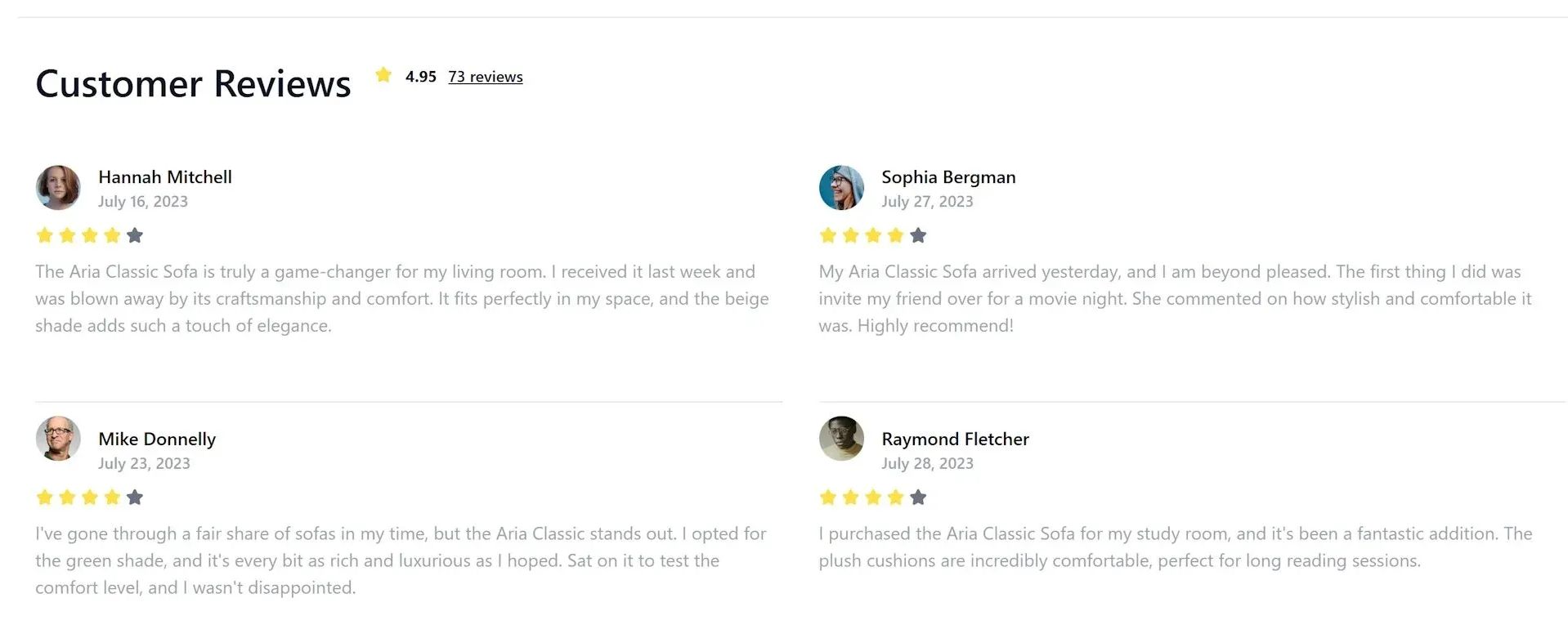
Customer reviews are vital as social proof, building trust, and influencing purchase decisions. They provide authentic insights from real customers, helping potential buyers feel more confident in their choices. Reviews often highlight product benefits, performance, and quality in ways that marketing content cannot, making them an invaluable part of any PDP.
In addition to boosting credibility, positive reviews can significantly influence purchasing decisions by addressing potential concerns and reinforcing the value of your products. Reviews also contribute to the overall customer experience, showcasing transparency and fostering a sense of community around your brand.
Strategies to Maximize Reviews:
- Request feedback post-purchase through follow-up emails, ideally timed when the customer has had enough time to use the product.
- Highlight top reviews on product pages to showcase authentic experiences that resonate with potential buyers.
- Use reviews to address common customer questions and concerns, reducing purchase hesitations.
- Engage with customer reviews by responding to feedback, both positive and negative, to demonstrate active customer support and commitment to improvement.
Positive reviews not only boost credibility but also improve search rankings on eCommerce platforms, making your products more discoverable. They can enhance conversion rates, reduce return rates, and build long-term customer loyalty by reinforcing trust and satisfaction.
Why You Need 3D Modeling for eCommerce
3D modeling enhances eCommerce by offering a range of benefits tailored to platforms like Amazon, Shopify, Walmart, and eBay. By integrating high-quality 3D visuals, businesses can create consistent and professional-looking product listings that attract more buyers and reduce return rates.
3D modeling also simplifies the process of meeting platform-specific image requirements. Many marketplaces have strict guidelines regarding image size, background color, and resolution. CGI allows sellers to adjust visuals seamlessly without the need for new photoshoots. Additionally, the technology supports rapid A/B testing, enabling businesses to experiment with different visuals and optimize conversion rates. You can effortlessly change up the materials, colors, and textures of a particular furniture item.
Another key advantage of 3D modeling is its ability to strengthen brand identity while creating interactive shopping experiences. Features such as 360-degree product views and augmented reality allow customers to explore products in detail before making a purchase. These tools not only boost engagement but also ensure that the online shopping experience mimics in-store interactions and in-store shopping, making the buying process more immersive and informative.
What’s more, once the 3D model is created, it becomes a versatile asset that can be integrated into various mediums. Besides eCommerce platforms, this content can also be incorporated into your social media posts, promotional emails, and other marketing channels.
Essential Visual Elements for a PDP
To create a compelling and effective PDP, the following visual elements are essential:
- Hero Image: The main product image that attracts customer attention and sets the tone for the listing.
- Infographics: Visually present product features, benefits, and specifications in an easy-to-understand format.
- Lifestyle Images: Showcase the product in a real-life setting to help customers visualize its use.
- Feature Images: Close-up shots that highlight materials, textures, and intricate product details.
- Product Videos: Engaging videos that demonstrate product functionality and key benefits.
- 360° Product Views & AR Models: Interactive visuals that allow customers to explore the product from all angles and visualize it in their space.
To ensure that all visual assets meet marketplace standards and deliver the highest quality, businesses should work with a professional 3D content provider. An experienced provider will create imagery, videos, and 3D models according to platform guidelines, which will guarantee accuracy, consistency, and a strong visual impact that aligns with brand identity.
The furniture market has shifted from being dominated by major industry players to an era where customers hold the power. With endless options just a click away, buyers can easily switch to another product if they don’t find what they need. Now, even the smallest manufacturers have the opportunity to stand out. Success no longer depends on company size but on how well a product is presented.
A well-structured PDP plays a vital role in this process. By incorporating engaging imagery, interactive elements, and customer reviews, businesses can create compelling product listings that improve conversion rates and reduce return rates. Optimizing PDPs according to platform-specific requirements ensures that product information is displayed effectively, fostering customer trust and satisfaction.
When you order a full package of 3D imagery for your product detail page, you will receive a 10% discount. If you require a different number of images, we will customize the 3D package to suit your requirements, ensuring you have the necessary visuals to create a compelling and high-performing PDP.

Get the Commercial CGI & Product Rendering Guide for Marketing Directors
Everything you need to scale product content with CGI.
Get expert insights, real project examples, and strategies with proven ROI.
Fill out the form to receive the guide directly in your inbox.